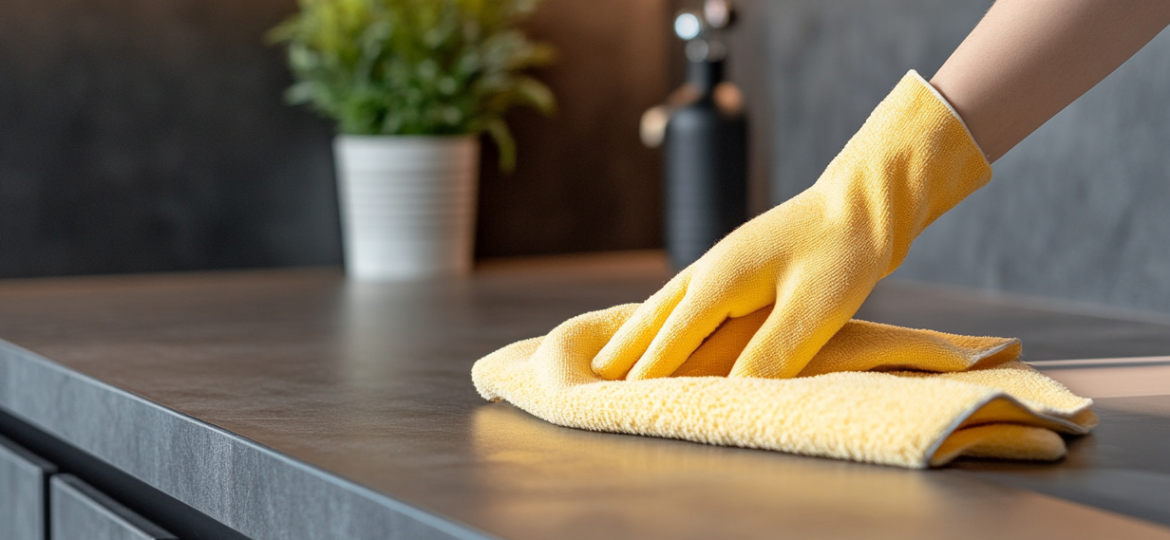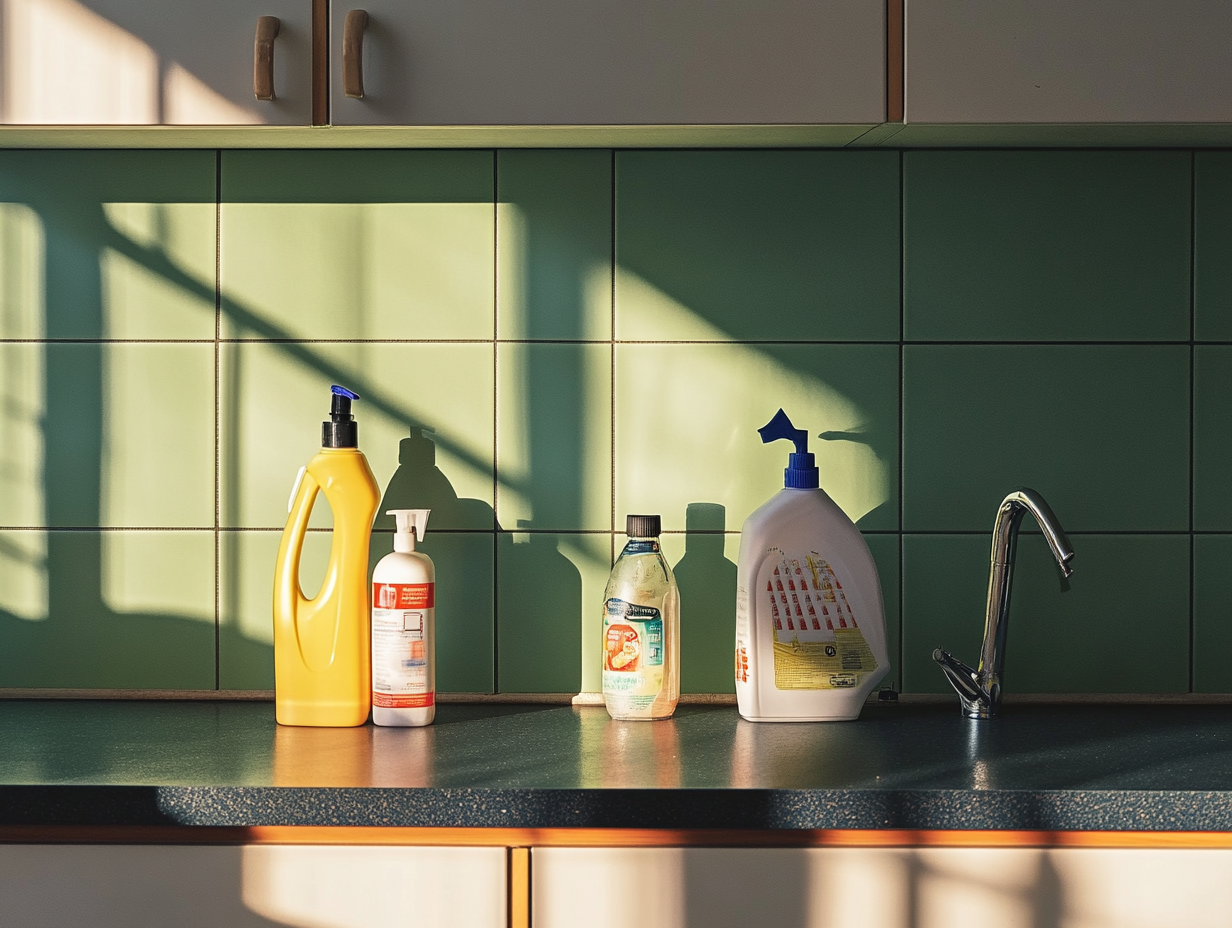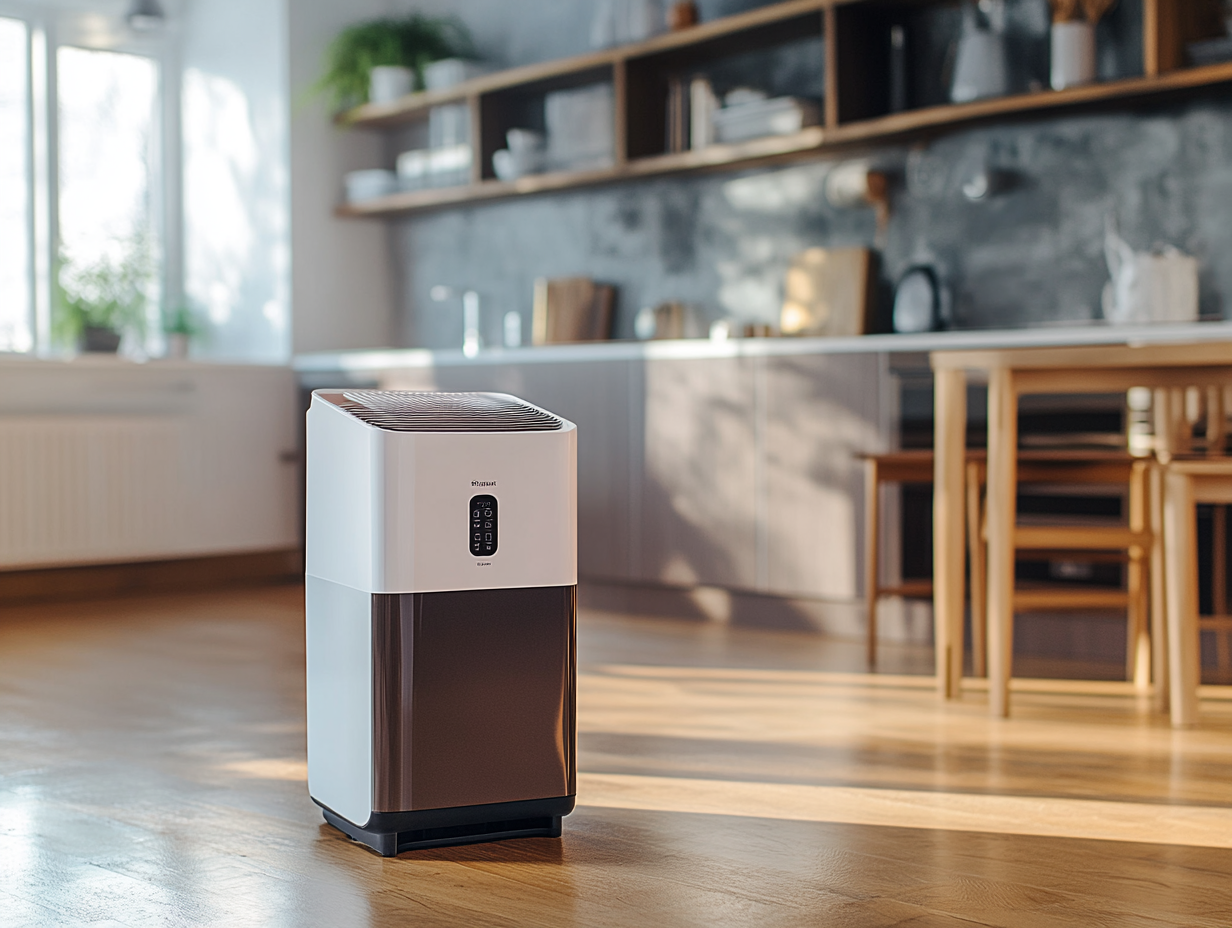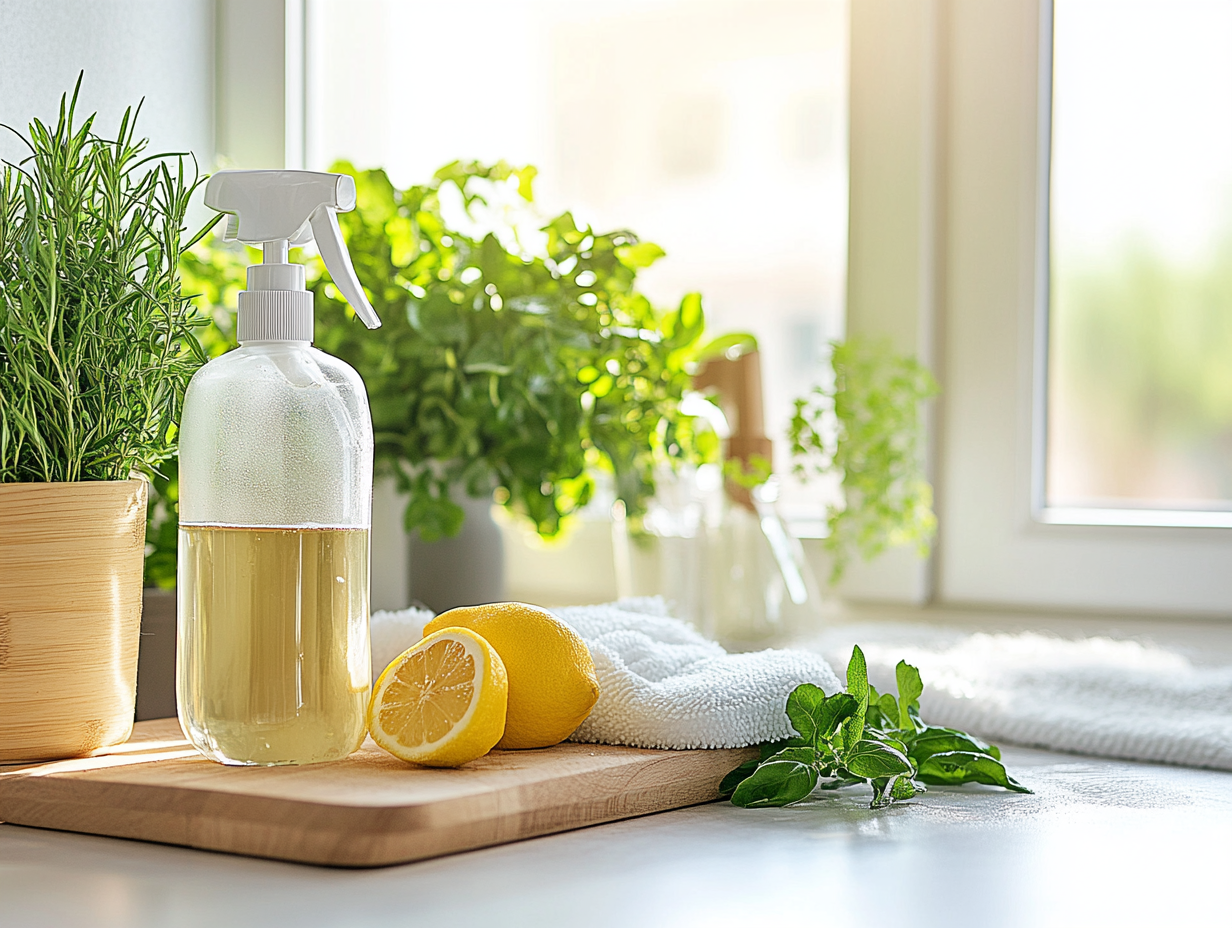
Cabinet Care 101: Maintenance Tips to Keep Your Cabinets Looking New
Your cabinets are one of the most noticeable features in your home.
Whether in the kitchen, bathroom, or living room, cabinets are not just functional but also add style to your space.
With proper care, they can maintain their charm and last for years.
However, time, dirt, and neglect can cause even the best-built cabinets to lose their luster.
The good news?
Keeping your cabinets looking fresh and new is easier than you think!
This guide provides practical tips for cleaning, maintaining, and protecting your cabinets.
You’ll learn the dos and don’ts of cabinet care, discover eco-friendly cleaning solutions, and understand common mistakes to avoid.
Let’s get started!
Why Regular Cabinet Maintenance Matters
Cabinets endure a lot of wear and tear, especially in high-use areas like kitchens and bathrooms.
Spills, grease, fingerprints, and moisture can all take a toll, leading to discoloration, scratches, or even warping.
Without regular care, these issues build up, making it harder to restore their appearance down the road.
Regular maintenance not only keeps your cabinets looking pristine but also prolongs their lifespan.
Think of it as preserving your investment and saving yourself from costly replacements later.
Overview of What You’ll Need
Before we get into the tips, here’s a quick checklist of basic tools and products for cabinet care:
- Soft microfiber cloths or sponges
- Mild dish soap or a wood-safe cleaner
- Eco-friendly cleaning solutions (like vinegar and water)
- Non-abrasive scrub pads
- Cabinet wax or polish (for wooden cabinets)
- Protective liners (for inside shelves and drawers)
Avoid harsh chemicals and abrasive tools, as they can damage finishes and leave scratches.

Easy Maintenance Tips to Keep Cabinets Like New
1. Establish a Cleaning Routine
Dust and grease are the biggest culprits in cabinet wear.
A simple habit of wiping down your cabinets weekly can make all the difference.
Here’s how to do it right:
- Start by dusting off surfaces with a microfiber cloth to avoid scratching.
- Mix a solution of warm water and a drop of mild dish soap. Use a soft cloth to wipe cabinet doors, handles, and edges.
- For sticky spots (like grease), work gently in small circles with a non-abrasive pad.
- Be sure to dry with a clean towel to prevent moisture damage.
2. Tackle Spills and Stains Quickly
Accidents happen, especially in kitchens.
Sauces, coffee, and oils can leave stains if not cleaned quickly.
Blot spills immediately with a damp cloth.
Avoid scrubbing hard, as this may damage finishes or paint.
For stubborn stains, try an eco-friendly vinegar-and-water solution in a 1:1 ratio.
Spray it on the stain, wait a few minutes, then wipe clean.
3. Protect Against Water Damage
Moisture is one of the most common causes of cabinet degradation.
For example, water splashing around sinks can lead to warping, bubbling, or discoloration.
To prevent this:
- Always wipe up water spills immediately.
- If your cabinets are near sinks or dishwashers, consider installing protective liners inside.
- If you’re in Texas, you know it can get humid. Run a dehumidifier in high-moisture areas like bathrooms to reduce humidity levels.

5. Avoid Harmful Cleaning Practices
Treat your cabinets with care by staying away from abrasive tools and harsh cleaning products.
Here’s what to avoid:
- Scouring pads or steel wool: These can scratch or strip finishes.
- Ammonia or bleach-based cleaners: These can damage surfaces and leave behind discoloration.
- Excessive water: Avoid soaking cabinets too much; water can seep into seams and cause warping.
By steering clear of these, you’ll preserve the integrity of your cabinets.
6. Use Drawer Liners for Extra Protection
Shelf or drawer liners add a protective barrier against spills or scratches inside cabinets.
They also make cleaning easier; just remove and replace the liner if needed.
Consider non-adhesive, eco-friendly liners for easy repositioning and sustainability.
7. Keep Hardware in Check
Cabinet knobs, pulls, and hinges also need attention.
Over time, they can loosen or collect grime.
- Use a cloth to clean hardware with soapy water regularly.
- Check for loose screws or hinges and tighten them as needed.
- If hardware starts to look worn, consider replacing it to give your cabinets a modern upgrade.
Eco-Friendly Cleaning Options
If you’re mindful of the environment, there are plenty of natural cleaning alternatives.
One classic solution is the vinegar-and-water mixture mentioned earlier.
Another option is baking soda paste, which works wonders on stubborn dirt or stains.
To make it, mix baking soda with water until it forms a thick, spreadable paste.
Apply it gently to problem areas, then wipe clean with a damp cloth.

Common Cabinet Care Mistakes to Avoid
Even with the best intentions, some mistakes can do more harm than good.
Avoid these common pitfalls to keep your cabinets looking their best:
- Ignoring regular cleaning: Dirt and grime accumulate over time, so skipping a cleaning routine will make the job harder later.
- Using too much water: Excess water can damage wood or seep into seams over time. Always work with a damp, not soaking, cloth.
- Skipping protective measures: Don’t underestimate the value of shelf liners or polish for long-term care.
- Rushing cleaning: Scrubbing too hard or using the wrong tools can scratch delicate finishes or paint. Take your time and clean gently.
Long-Term Care Means Long-Lasting Cabinets
Maintaining your cabinets doesn’t have to be time-consuming or complicated, and it’s a small effort that pays off big in the long run.
By incorporating these tips into your routine, you’ll not only keep your cabinets looking beautiful but also extend their lifespan.
Small, regular care ensures your cabinets remain a standout feature in your home for years to come.
The key to cabinet care is consistency and using the right methods.
Whether you’re dealing with wood, laminate, or painted finishes, these simple maintenance tips will help you avoid common mistakes and keep your cabinets in tip-top shape.
Now, grab your microfiber cloth and get started on giving your cabinets the love they deserve!

